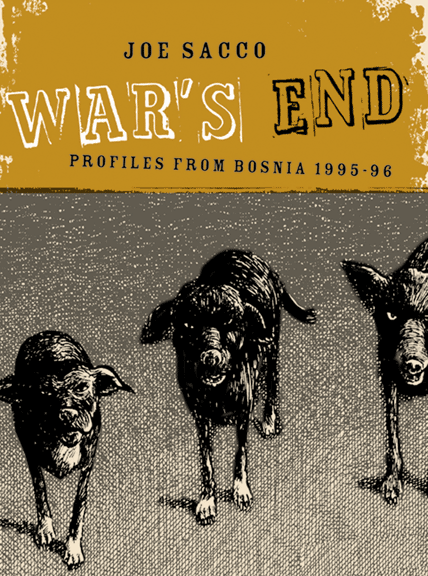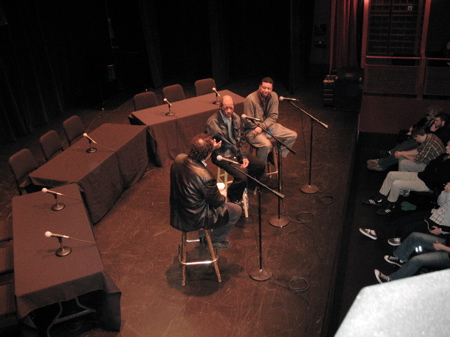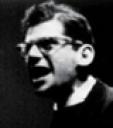For the past month, I’ve been trying to make sense of the politics around the opening of the Broad Contemporary Art Museum, the new wing of the Los Angeles County Museum of Art (LACMA). Since Eli Broad (whose fortune is $7 billion per Forbes magazine) told the New York Times’ Edward Wyatt that he intended to keep his art holdings (which are considerable) in his foundation rather than give them to the new wing he’d spent $50 million trail bossing to completion, the sparks have been flying in LA.
A lot of prominent art observers, notably Christopher Knight of the LA Times and Adrian Ellis of The Art Newspaper, saw Broad’s decision as an act of betrayal against LACMA, which had allowed itself to be “bought” by Broad and had then been dumped when he’d gotten what he wanted out of the museum.
At first my reaction was a lot like that of the NY Times editorial page, which argued that a lot depended upon how the foundation conducted itself — much of the work might find itself on the walls of LACMA after all. Over at PORT, Jeff Jahn said that it might actually be good for the Portland Art Museum, because our curators would likely have better luck dealing with Broad’s foundation than with LACMA. These are sensible positions.
But somehow, the matter didn’t feel right somehow. And in the March 20 New York Review of Books, Martin Filler (who frequently writes about architecture for NYRB) explains why (he cites both Knight and Ellis’ responses above). It has to do with the tyranny of Broad and the likelihood that he (and others like him) will run roughshod over the museum for their own purposes, Filler says, and his deft argument establishes a series of contrasts that are powerful: Broad v. public-spirited patron Anna Bing Arnold; Renzo Piano (architect of the new wing) v. Rem Koolhaus (whose design was discarded); Broad’s narrower collecting habits v. those of the Museum of Contemporary Art in LA. And he embeds the argument against Broad within a convincing narrative of the troubled history of LACMA.
It’s hard to see much of a connection between Broad’s maneuverings in LA and what goes on in Portland. But what about the affect of Broad as a model of philanthropy? Are we inoculated against that? I don’t think so. Gifts nearly always come with strings; they don’t have to come with chains.
 At this point, the standing of the graphic novel as an art form needs no defense. It might need some definition, though — some of the best of what we call “graphic novels” aren’t really novels at all, by which I mean simply that they aren’t intentional fictions. They are journalism or memoir or a hybrid of the two. Sacco’s Palestine is a case in point and so is Thompson’s Blankets, one an account of two-and-a-half months traveling in the Middle East and the other a memoir of growing up in an evangelical Christian family.
At this point, the standing of the graphic novel as an art form needs no defense. It might need some definition, though — some of the best of what we call “graphic novels” aren’t really novels at all, by which I mean simply that they aren’t intentional fictions. They are journalism or memoir or a hybrid of the two. Sacco’s Palestine is a case in point and so is Thompson’s Blankets, one an account of two-and-a-half months traveling in the Middle East and the other a memoir of growing up in an evangelical Christian family. Let’s start with Nancy King,who played Friday night. The Oregonian’s Marty Hughley turned me on to Nancy King: Live at the Jazz Standard with Fred Hersch a couple of years ago, and things started to fall into place for my relationship with jazz, specifically with jazz vocalists, whom I used to find irritating — at best. King brought me in from the cold. I listened to that CD — a lot. I’m listening to it right now (she’s scatting a chorus of “Ain’t Misbehavin'” as I type), and it’s still a delight.
Let’s start with Nancy King,who played Friday night. The Oregonian’s Marty Hughley turned me on to Nancy King: Live at the Jazz Standard with Fred Hersch a couple of years ago, and things started to fall into place for my relationship with jazz, specifically with jazz vocalists, whom I used to find irritating — at best. King brought me in from the cold. I listened to that CD — a lot. I’m listening to it right now (she’s scatting a chorus of “Ain’t Misbehavin'” as I type), and it’s still a delight. Our first weekly Cultural Hero award goes to jazz writer Howard Mandel. After managing the feat of interviewing Ornette Coleman in a productive way, he then had to deal with alto sax magician Tim Berne on a couple of panels. I saw half of the first of those, and it was enough.
Our first weekly Cultural Hero award goes to jazz writer Howard Mandel. After managing the feat of interviewing Ornette Coleman in a productive way, he then had to deal with alto sax magician Tim Berne on a couple of panels. I saw half of the first of those, and it was enough.
 So,
So,  Looking ahead: This weekend the
Looking ahead: This weekend the 